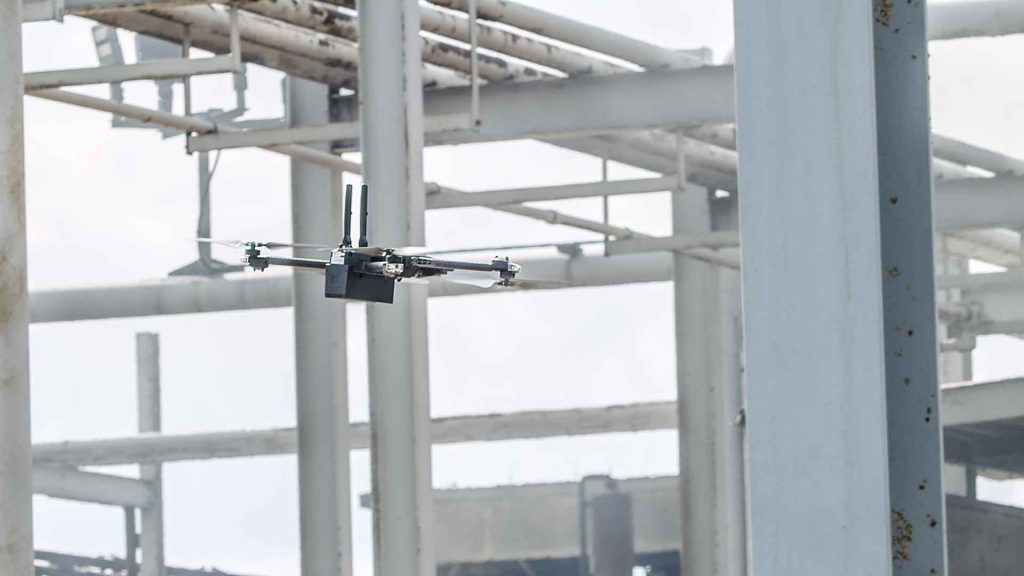Autonomy, Connectivity Unlock the Future of UAS
July 27, 2021 | AUVSI News

Last month, AUVSI and SAE International hosted the first Business of Automated Mobility Forum, bringing together participants and speakers from across the automated mobility industry to develop actionable roadmaps to success. During a keynote address by Skydio CEO Adam Bry and an Enterprise Solutions Series presented by Roy Goldman, VP of Product Management and Mike Ross, Sr. Director of Product Management at Skydio, Forum attendees learned about the importance of combining software advancements in autonomous flight and cloud connectivity to ensure drone uses across verticals can provide the most value possible.
Autonomy Will Unlock a New UAS Paradigm
During the virtual segment of AUVSI’s XPONENTIAL in May 2021, Brendan Groves, VP of Regulatory and Policy Affairs at Skydio, explained that autonomy makes drones smarter and enables operations that are safer and more scalable than ever before, asserting that:
“Automation is the key feature defining the future of flight itself.”
One growing use case of drones that has been growing as a result of advancements in autonomous technologies is in infrastructure inspections. With over 614,000 bridges in the United States, there simply are not enough Part 107-certified drone pilots to inspect them one by one. Drones are increasingly being used for this purpose, creating cost savings and improving safety – thanks to the scalability and ease of use unlocked by autonomy. The North Carolina Department of Transportation (NCDOT) conducts beyond visual line of sight (BVLOS) bridge inspections using Skydio Autonomy, an AI-based flight engine that enables operations in obstacle-dense environments and areas without GPS. Before relying on drones to inspect the thousands of bridges statewide, NCDOT workers were lifted in trucks or repelled down the sides of bridges to reach compact spaces. Only after receiving authorization for autonomous operations was NCDOT able to transition to relying on drones as a key safety tool in bridge inspections. Autonomous drones are unlocking the national airspace from the ground up, making advanced operations more accessible and effective than ever before. Bry discussed how these advancements will be critical to achieving mainstream adoption of drones, stating that:
“There is an opportunity for a new paradigm where the drone itself becomes more of a flying computer than a manual device.”
Connected Flight Operations Improve Scalability
Another consideration in improving UAS scalability is the merging of drone hardware with cloud services within a robust API. Goldman and Ross explained how Skydio is working toward drones that truly see, understand, and act. In June 2021, the company launched Skydio Cloud to support connected flight operations, which is composed of four key cloud services, Skydio Fleet Manager and Skydio Media Sync, which are available now, in addition to Skydio Streaming and Skydio Remote Operations, which are coming soon. Combined, these capabilities around autonomy and cloud connectivity will enable Skydio drones to simplify and automate many complex tasks that today remain out of reach for the drone industry, thereby helping professional drone programs scale in order to realize the full potential of UAS. To learn more about these new capabilities, check out their presentation below:
- Industry News


